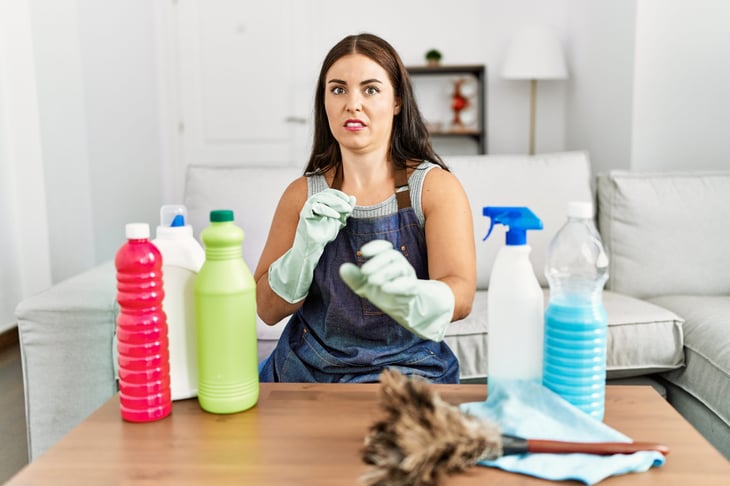
If only germs were brightly colored or otherwise visible so we could see how to avoid them. It’s easy to think that an airport, public bathroom or drinking fountain would be the strongest magnets for germs around. We might be surprised, however, at how illness can spring from many seemingly innocuous places in our own homes.
Thankfully, there are simple ways we can minimize some of these health risks. Here’s a look at some of the things in your house that might be making you sick and how you can prevent that.
1. Bedding and more

Dust mites are microscopic pests that live in household dust. But for as small as they are, they can be a big problem. Mattresses, sheets, pillowcases, drapes, upholstered furniture and even cute little stuffed animals can harbor the critters that can trigger allergies and asthma attacks.
Follow tips from The American Lung Association to minimize dust mites. The group encourages keeping your home below 50% humidity, replacing carpet with hard-surface floors if possible, washing bedding in hot water and, of course, dusting regularly.
2. Hand towels
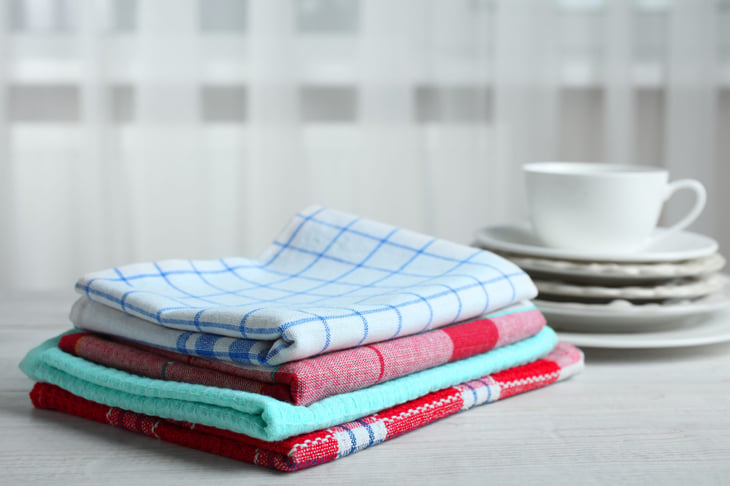
Wait a minute, dish towels are meant to aid in cleaning — could they be causing problems? A 2014 study from the University of Arizona determined that 89% of the used cloth dish towels it examined had fecal coliforms on them, and E.coli contaminated 25.6% of the used towels.
Michigan State University Extension suggests using disposable paper towels to clean messes in the kitchen. The group also warns that cloth dish towels should never be used to dry a food-prep surface so as to avoid cross-contamination.
3. Sponges
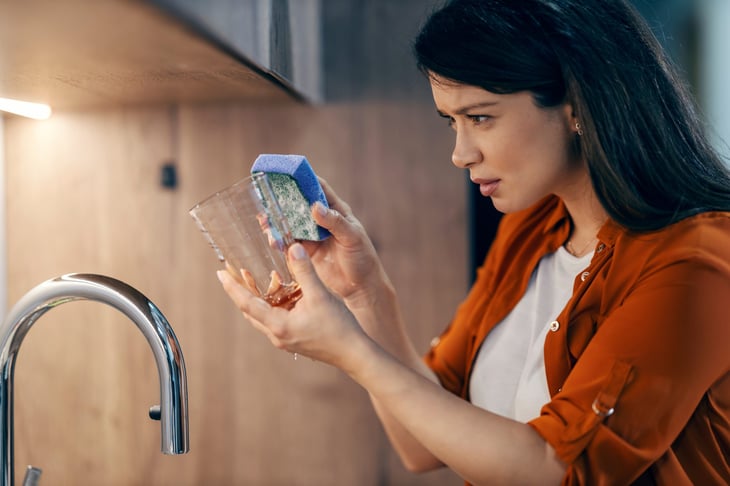
Innocent little SpongeBob, a kitchen problem? He could be.
A study published in the journal Scientific Reports warns that sponges are “disseminators” of bacteria that cause food poisoning and recommends replacing sponges weekly. Yes, that seems extreme, but the study demonstrated that kitchen environments host more microbes than toilets — mainly due to the contributions of sponges. The study also showed that resistant bacteria survive even boiling or microwaving, common ways home cooks try to clean their sponges.
4. Fridge

What exactly is that mysterious liquid in the vegetable crisper? The USDA recommends some basic methods for keeping your refrigerator clean, warning that bacteria from spoiled food can linger and lead to illness, especially where foods have spilled.
Stay on top of spills, clean shelves with hot, soapy water and do a weekly run-through of your fridge to toss out perishable foods that have passed their safe-to-eat date. Cooked leftovers should be stored for only four days, and raw poultry and ground meats just one to two days.
5. Vacuum cleaners
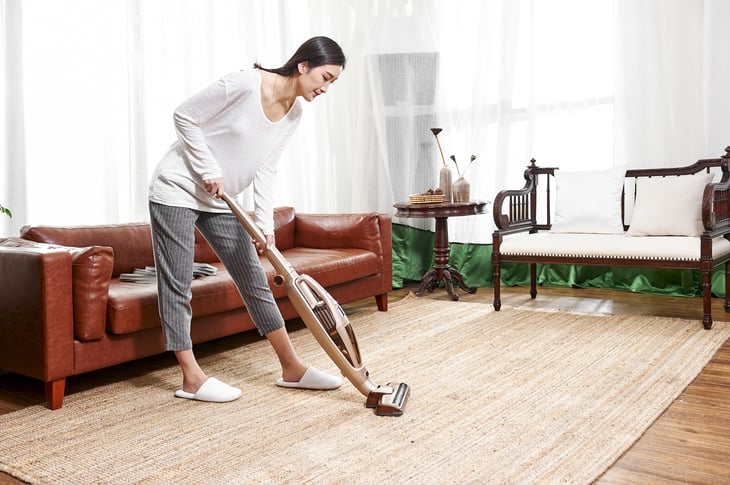
Vacuum cleaners are a handy invention our great-grandmothers would have loved to have had. But sucking up dust and bacteria doesn’t mean they’ve vanished.
A 2014 study by researchers in Canada and Australia reveals that vacuum bags hold on to bacteria, molds, endotoxins and allergens. What’s more, dust can spread during vacuuming. Regularly replace the bag according to manufacturer instructions and check those same instructions for other tips, such as how to wash or replace filters.
6. Water
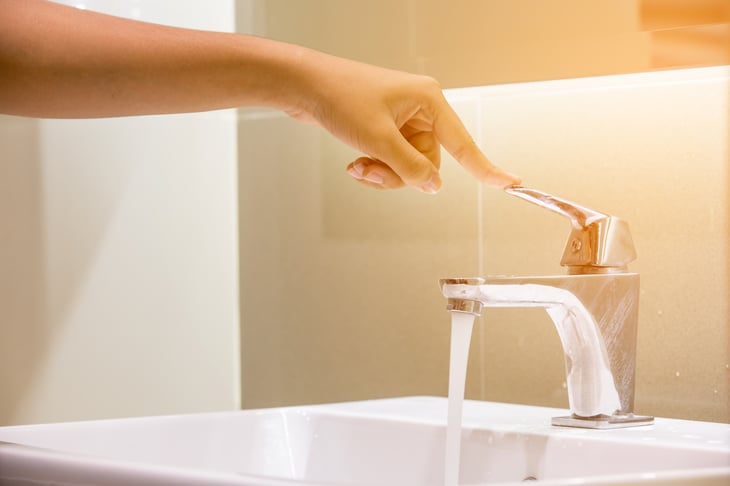
We rely on our water for drinking, cooking, bathing and so much more. Yet, headlines about the troubled water systems in Flint, Michigan, and Jackson, Mississippi, remind us that we need to always be aware of the specifics regarding our own water system.
An article in Johns Hopkins Magazine notes that household pipes can pass harmful chemicals, including lead, and also harbor microorganisms that can cause illness. Consult the online reports from your local water utility or regional water-quality reports from the Environmental Protection Agency (EPA) if you have tap water provided by a municipality. If you have a private well, be alert for any changes in your water’s smell, color or taste, and consider testing it annually.
7. Radon

Radon is a naturally occurring, radioactive gas that’s both colorless and odorless. Outdoors, it’s generally not a problem, but things turn ugly when it becomes trapped in buildings and is breathed by residents.
According to the EPA, only smoking causes more lung-cancer deaths than radon. That sounds grim, but you can test the air in your home to determine radon levels. Start with a do-it-yourself home test kit, available online or in home-improvement stores. Your local health department may also provide radon-testing kits free of charge. If it shows high levels, contact a certified radon-service professional as there are ways to fix this.





Add a Comment
Our Policy: We welcome relevant and respectful comments in order to foster healthy and informative discussions. All other comments may be removed. Comments with links are automatically held for moderation.